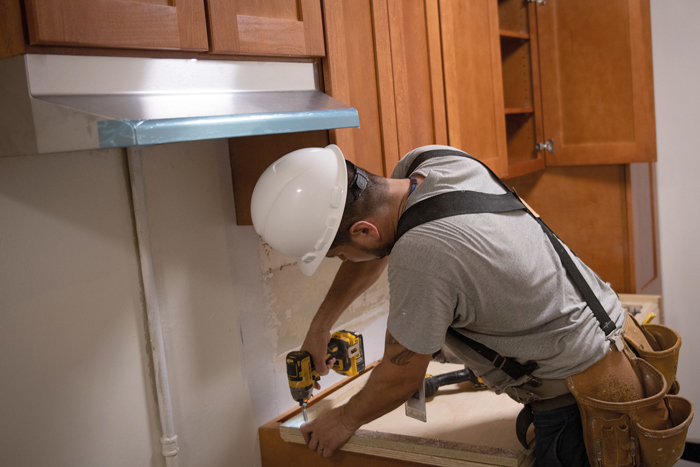Photo Courtesy of Michael Appleton/Mayoral Photography Office
“New York City is battling a full-blown affordability crisis, and the time for half-measures is long-past,” Comptroller Stringer said Thursday.
By Michael V. Cusenza
The affordable residences created by the City’s Housing New York plan are too expensive for at least 435,000 of NYC’s lowest-income households, according to an analysis released Thursday by City Comptroller Scott Stringer.
The report also details that just one-third of the newly-constructed housing units through the end of Fiscal Year 2019 were within the reach of extremely low and very low- income households (defined as households making 30 percent and 50 percent respectively of U.S. Department of Housing and Urban Development-defined Area Median Income, or $28,830 and $48,050 respectively for a family of three).
Stringer’s analysis also found:
Nearly 565,000 New York households pay over half of their income for rent, are severely overcrowded, or have been in homeless shelter for over a year.
Sixty-five percent of extremely low-income households are severely rent burdened (i.e., pay more than half their monthly income toward rent) and nearly one-third of very low-income households are severely rent burdened.
While housing production through Housing New York in FY 2019 provided more units for extremely and very low-income households than in previous years, overall, production remains skewed toward low-income households making $76,880 for a family of three, while housing for very low-income and extremely low-income households was achieved primarily through preservation.
With homelessness in the five boroughs increasing, Stringer called on the City to direct all housing capital investment to benefit the households most affected by the crisis of housing affordability.
“We cannot call a housing plan ‘affordable’ when it ignores 435,000 New Yorkers who are just a paycheck away from losing their homes,” Stringer said. “We cannot call the City’s plan a ‘housing’ plan when it leaves behind homeless and unsheltered New Yorkers. New York City is battling a full-blown affordability crisis, and the time for half-measures is long-past. We must create housing that actually meets families where they are—housing that is truly affordable and refocuses City resources where our affordability crisis is most acute. The price of entry to New York City cannot be a million-dollar condo.”
In 2014, barely four months into his first term as mayor, Bill de Blasio unveiled Housing New York—a five-borough, 10-year plan with a $41 billion price tag. The 200,000-unit initiative outlined more than 50 programs that that the administration said will accelerate affordable construction, protect tenants and deliver more value from affordable housing investments, including: Implementing mandatory inclusionary zoning; increasing the number of homes for the lowest income New Yorkers; launching a new affordable housing program for middle-income New Yorkers; doubling the Department of Housing Preservation and Development’s capital funding for affordable housing; spurring development of small, vacant sites; stemming the tide of rent deregulation and protecting tenants; and expanding affordable and supportive housing for seniors.
And in 2017, de Blasio released “Housing New York 2.0,” laying out new tools and programs to build and preserve affordable homes for 300,000 Gotham families by 2026.

